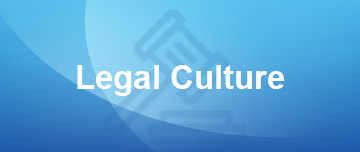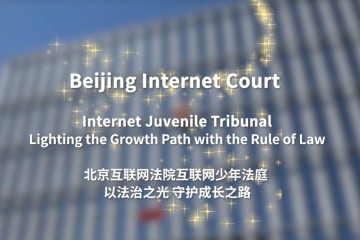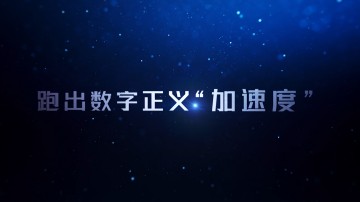Beijing Internet Court promotes litigation source governance of image copyright cases
The Beijing Internet Court held a press conference on building a governance system to deal with the sources of e-copyright litigation on July 7.
Jiang Ying, vice-president of the court, released a report on copyright of images in cyberspace at the conference. Jiang analyzed the outstanding problems and causes found in case trials, shared the court’s basic principles and adjudication rules in hearing image copyright cases, and gave suggestions on lowering or avoiding copyright disputes through giving full play to the judicial guiding function and strengthening coordinated governance of copyright disputes.
On behalf of the Beijing Internet Court, Zhang Wen, president of the court, jointly issued an initiative with the copyright bureau of Beijing that calls for involved parties including image rights holders, image users, gallery operators, and network service providers to respect the image copyright to create a good copyright ecology in the image industry.
Zhang stressed that strengthening image copyright protection is important to encourage innovation and promote rational thinking.
Judicial and administrative departments related to copyright protection will continue to safeguard parties’ legitimate rights and interests, Zhang said, added that she hopes that in a society where everyone is an author and also a user, all parties could work together to create a healthy and diversified cultural creation environment and a regulated and sound copyright protection system.
Wang Yefei, vice-president of Beijing copyright bureau, gave suggestions on innovative methods of copyright protection, including strengthening cross-departmental communications, paying more attention to technologies, and improving governance.
The court and the city’s copyright protection center signed a strategic cooperation agreement on building a governance system on source of litigation to reduce that based on administrative and judicial collaboration, multi-party participation, technological support and mechanism innovation so as to reduce copyright disputes.

 Judicial White Paper
Judicial White Paper
 Play
Play Play
Play Online Lawsuit Guide
Online Lawsuit Guide Beijing Internet Court Lawsuit Service WeChat Account
Beijing Internet Court Lawsuit Service WeChat Account  Beijing Internet Court WeChat Account
Beijing Internet Court WeChat Account